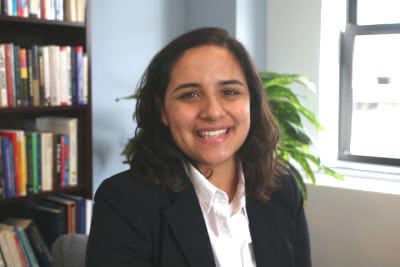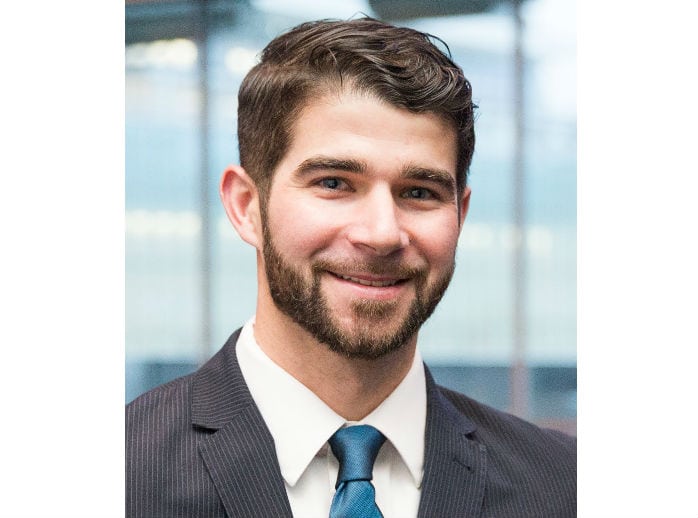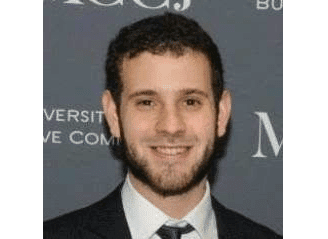
Jesse Kannam, AYPF Policy Associate
May is Foster Care Awareness Month! An important part of understanding any issue is identifying the key players. In the case of the child welfare system, there are many. There are children and families that come into contact with the system, the administrators, social workers, providers, and community-based organizations that make up the system and provide services, as well as juvenile court judges, law enforcement, relatives, foster families, or residential setting staff depending on the conditions of the case. Within the larger policy framework, there are local, state, and federal policymakers who make decisions about the child welfare system, advocacy groups that promote reforms, and technical assistance providers that work closely with states to help with the implementation of new policies.
With the recent passage of the Family First Prevention Services Act (FFSPA) and reauthorization of the Juvenile Justice Delinquency and Prevention Act (JJDPA), AYPF has spent time thinking through what resources and tools exist in the field to support implementation efforts of these two laws and to identify what is still needed. Investigation into this has also led us to question: Who should these resources be targeted to? Where do gaps of knowledge and resources exist? With whom do we still need to engage to get a better sense of the issues facing foster youth and the child welfare system? Who are all the individuals at the decision-making table? Understanding the system from all angles allows for a more accurate, albeit complex, understanding of the needs of the child welfare community, broadly speaking, as it implements FFSPA and JJDPA.
Let’s take a deeper look at two of the key stakeholders in the child welfare system, youth and judges, and the ways in which their voices can be amplified and their expertise developed and supported.
Youth
Youth involved in the child welfare system have unique insight into the challenges and barriers affecting them, yet are often not involved in the decision-making processes or policy conversations. That being said, there are a number of organizations and resources that highlight youth voice and perspective and encourage youth advocacy. One example is Youth Fostering Change, a youth engagement program of the Juvenile Law Center. Youth Fostering Change “offers youth who are currently or formerly involved in the child welfare system the opportunity to evaluate the system and develop and implement a campaign that works toward reform.” Over the past few years, topics they have addressed include preventing homelessness, improving access to college, and engaging older youth in permanency planning. These efforts result in toolkits, publications, and policy recommendations that can be used by policymakers and practitioners as they develop and implement new reforms. Additionally, youth advocacy is a powerful strategy for helping young people develop skills, like communication, teamwork, and self-advocacy.
iFoster has developed a model that leverages the immense expertise of transition-age foster youth that helps others and provides work experience. iFoster launched a transition-aged youth (TAY) AmeriCorps program through a grant from the Council for National and Community Service (CNCS) to train and employ 80 current and former foster youth as service members. The TAY AmeriCorps members serve at host sites including high schools and youth workforce centers in Los Angeles County and the Bay Area in California and help connect other transition-aged youth to resources and supports that will help them be successful once they age out of the foster care system.
Judges
Judges in family and juvenile court have the decision-making power to determine if a child is removed from their home. Judges have the ability to take a leadership role in improving court processes and encouraging collaboration between systems and stakeholders. The Crossover Youth Practice Model, developed by the Center for Juvenile Justice Reform at Georgetown University that connects research and practice to improve systems’ ability to serve youth involved in both juvenile justice and child welfare, acknowledges the importance of collaboration and includes judiciary staff as one key group that should be involved in the implementation of the model.
The National Council of Juvenile and Family Court Judges (NCJFCJ) is another organization that works to ensure that judges have the knowledge and skills they need to provide the appropriate services to youth and families, by providing educational programs, technical assistance, research, and advanced degree programs to judges and other court staff. As a membership organization, NCJFCJ provides professional development opportunities and resources that judges may not have the time to research or find given their large caseloads. The topics of these resources range from domestic violence to child sex trafficking to substance abuse.
While I only had time to delve into two of the key stakeholders in the child welfare system, look out for our next blog, where my colleague will discuss the role social workers play in the system. I encourage you to look into these organizations and resources, and ask yourself:
- How can I increase collaboration between the multitude of parties involved in the child welfare system?
- Whose voice do we not hear enough of and why?
- How will better understanding the role that others play in the system inform my own work?
To explore more of our resources on foster youth, check out our information hub.






